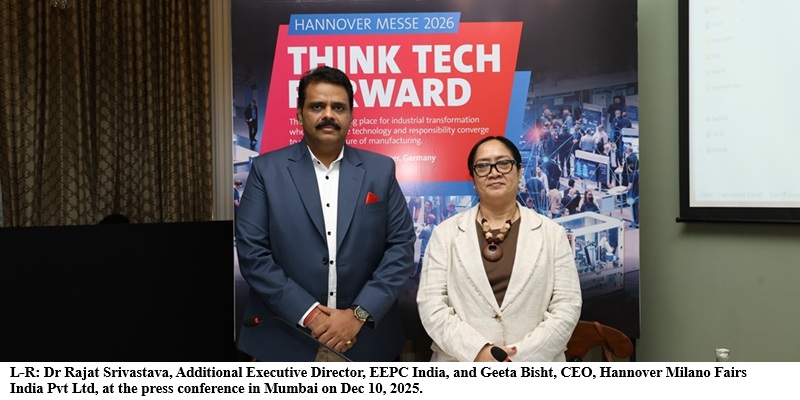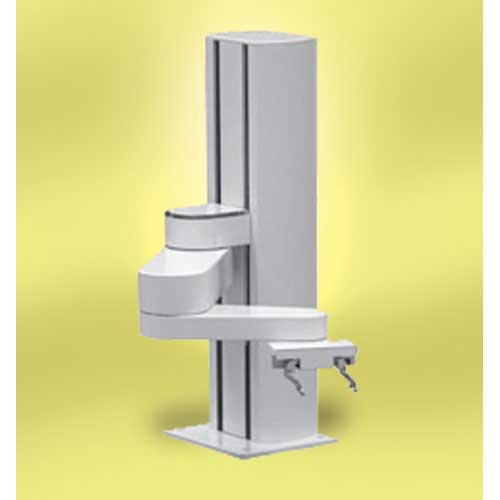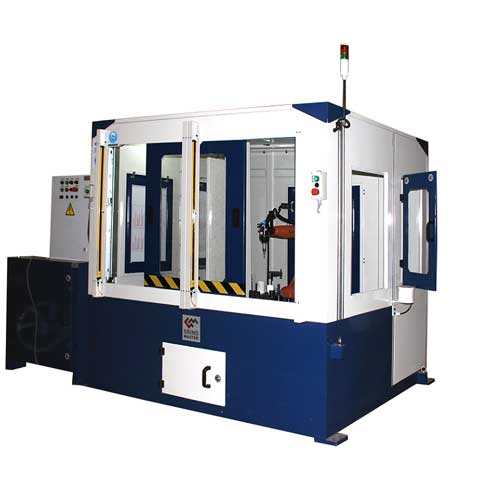Schedule a Call Back
Advancements in AI will give a boost to economic growth
 Interviews
Interviews- Jun 07,18
.jpg)
Related Stories

For the foreseeable future, multiple fuels will coexist and grow: Farrokh Cooper
In this conversation with Rakesh Rao, Farrokh Cooper, CMD, Cooper Corporation, shares his views on manufacturing, technology and the road ahead.
Read more
Energy Efficiency as a Strategic Priority for Indian Manufacturing
India’s manufacturing growth is accelerating, but rising energy demand makes efficiency a strategic necessity for cost control, competitiveness, and sustainable industrial expansion.
Read more
Hannover Messe 2026 to focus on automation & digitalization, adds Defense Area
At the upcoming Hannover Messe, AI will be a recurring theme throughout all the halls, and will play a central role on almost all stands.
Read moreRelated Products

Collaborative Scara Robot
Malles Automated & Robotic Systems Private Limited

Robotic Deflashing of Aluminium Casting
Grind Master Robotic Deflashing Machine is an advanced and most reliable machine for Aluminium components. Robotic deflashing is a revolutionary technology developed by Grind Master Machines Pvt Lt Read more

Karmi Bot
Asimov Robotics offers a wide range of Karmi Bot.















